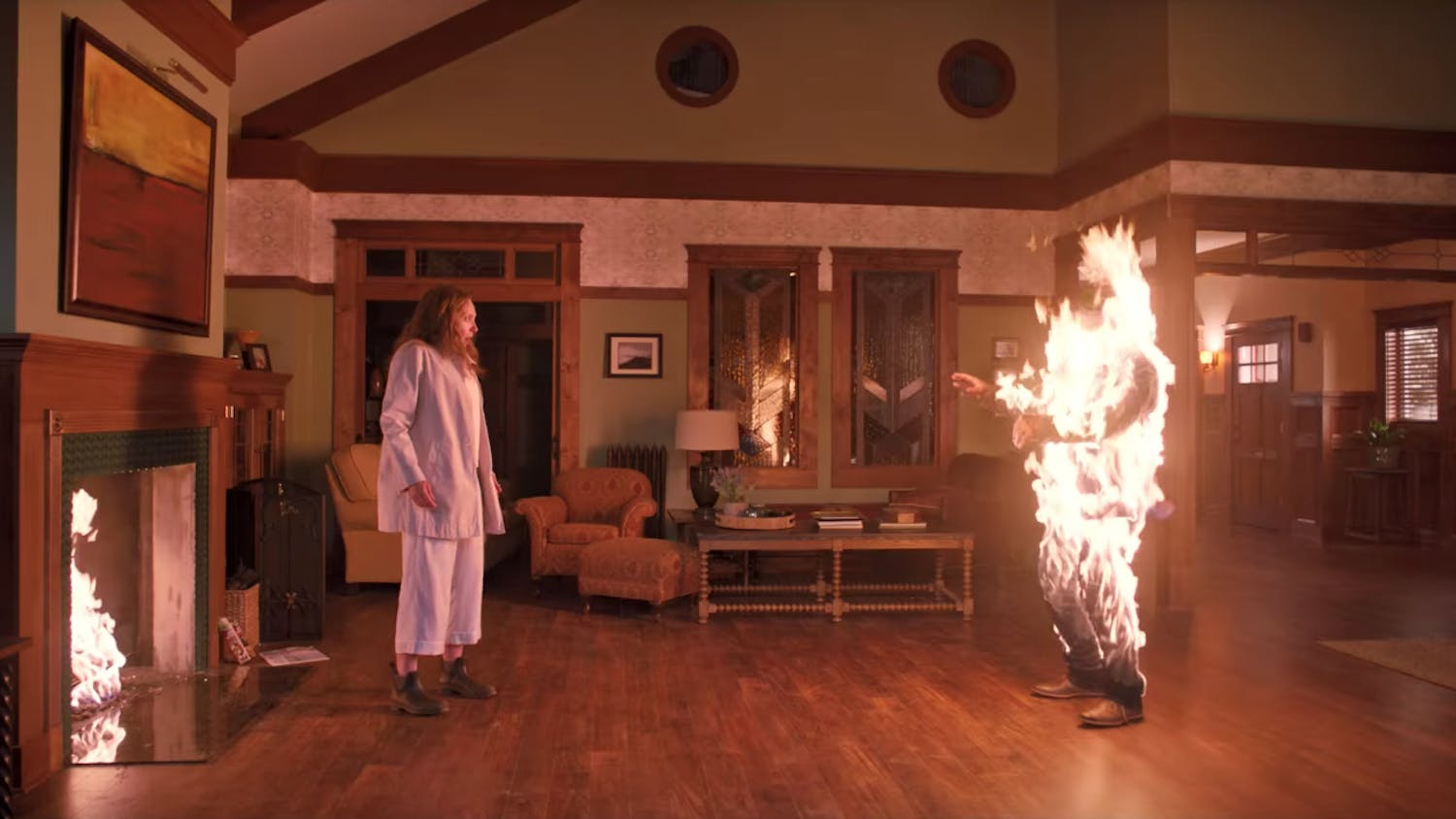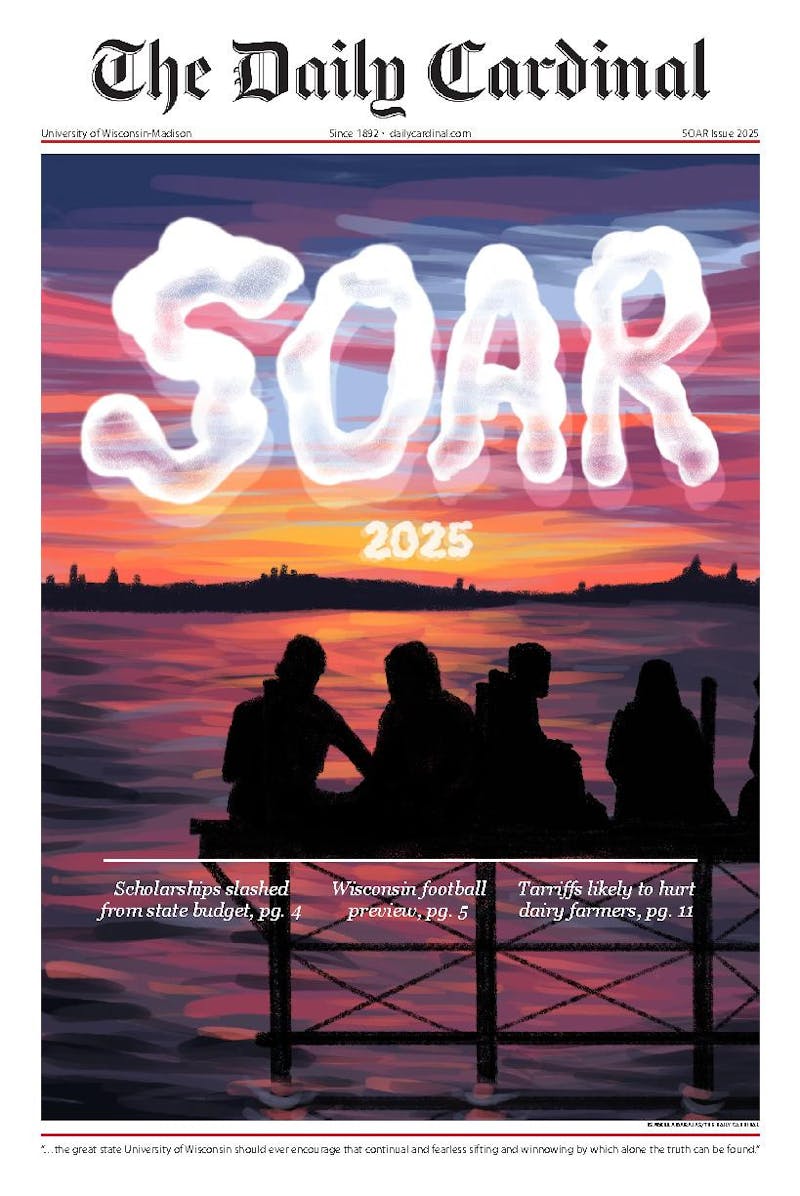You might not know it unless you keep up with the politics of Madison's film scene, but avant-garde cinema is presently caught in a curious position. This semester was one of the best in recent memory for local lovers of experimental filmmaking, but the end of Starlight Cinema threatens to make avant-garde films less available to UW students than ever before.
By its nature, avant-garde cinema is a small tent. I certainly don't expect casual filmgoers to recognize the many astonishing qualities in a work like Michael Snow's ""Wavelength"" (1967; a 45-minute zoom across a spare Manhattan loft). However, that doesn't mean it isn't one of the most mesmerizing and intellectually robust movies ever made. Anybody who hailed the 3D IMAX version of ""Avatar"" as one of contemporary cinema's crowning achievements likely wouldn't find Ernie Gehr's ""Serene Velocity"" (1970; a blissfully glitchy study of a hypermodern hallway) to be the perceptual wasabi that I regard it as being. And that's fine by me.
In many ways, having a taste for the cinematic avant-garde is very similar to having a taste for philosophy; those who feel as though they ""get"" it also feel as though they can't live without it. If avant-garde cinema has a limited audience, it's for the same reasons that not everybody walks around toting a copy of Martin Heidegger's ""Being and Time."" On the one hand, it's just not for everybody. On the other hand, who wants to seem like a pretentious snob by preaching the gospel of the avant-garde to anybody within earshot?
Indeed, avant-garde cinema's audience seems largely restricted to academics and armchair aesthetes (not a bad crowd to be mixed up with, might I add). This became especially clear to me when I attended a program of shorts by Phil Solomon and Mark LaPore entitled ""Still Raining, Still Dreaming"" at this year's Wisconsin Film Festival. Solomon's four contributions to the program, all of which were made with ""Grand Theft Auto: San Andreas"" and a heavy heart (the films were dedicated to LaPore, who committed suicide in 2005), were a revelation to me: They were hypnotic, haunting, poetic, allusive—in a word, beautiful.
Although a couple of dedicated friends accompanied me to the screening, the rest of the audience seemed to be composed of grad students and professors. While this did make me feel sort of savvy—after all, who knows good cinema better than scholars who devote their lives to looking for it?—I was also disappointed that more Madisonians weren't there to share the experience.
A more heterogeneous crowd turned out at the Play Circle last Thursday night to attend Starlight Cinema's final program ever, entitled ""Cream of the Crop."" The films that comprised the program were a mixed bag, but not because some were better than others; rather, each was stimulating in a totally unique way. This kind of instant variety (15 films by 10 different artists) simply isn't possible in any other cinematic genre.
And what a program it was. Attendees got to see Brandon Bauer's ""A Short and Incomplete History of Experimental Film and Video"" (2006; at 44 seconds long, it's a sneakily comprehensive survey of the medium conveyed with the blitzkrieg immediacy of an adderall overdose), Lisa Danker's ""Photo-Synthesis"" (2005; a mind-melting stream of visual abstraction self-consciously indebted to the work of legendary experimental filmmaker Stan Brakhage) and Isaac Sherman's ""Eerieality"" and ""Things Familiar and All in the Same Place"" (2009; both are parades of manic eccentricity and forms that recall Frank Stella's shaped-canvas paintings).
The highlight of the evening may have been Ross Nugent's ""Spillway Study/Carpe Diez,"" a performance piece that involved three 16mm projectors running simultaneously, yielding multilayered images of a captive audience watching a flock of loitering ducks. The performance was both a logistical and phenomenological marvel.
But again, this was Starlight's final event. WUD Film Committee has dissolved Starlight, along with the rest of its series, in anticipation of the eventual move to an exhibition space in the new Union South. While it's great news that WUD Film will have a theater all to itself, it's also exceedingly important that Madison has some sort of institution where UW students can go to encounter avant-garde cinema firsthand.
As of now, WUD Film insists that if the student body demands the avant-garde, then the avant-garde it shall receive. Well, I'm graduating next month—besides, my lobbying power is pretty minimal. That means it's up to you juniors, sophomores and... uh... freshmen, I guess: Make sure that avant-garde cinema continues to have a presence in the Madison film scene. Otherwise, we'll never know just how big or small the tent truly is.
Do you want to lament the loss of Starlight Cinema with Dan? If so, e-mail him at dasullivan@wisc.edu.






